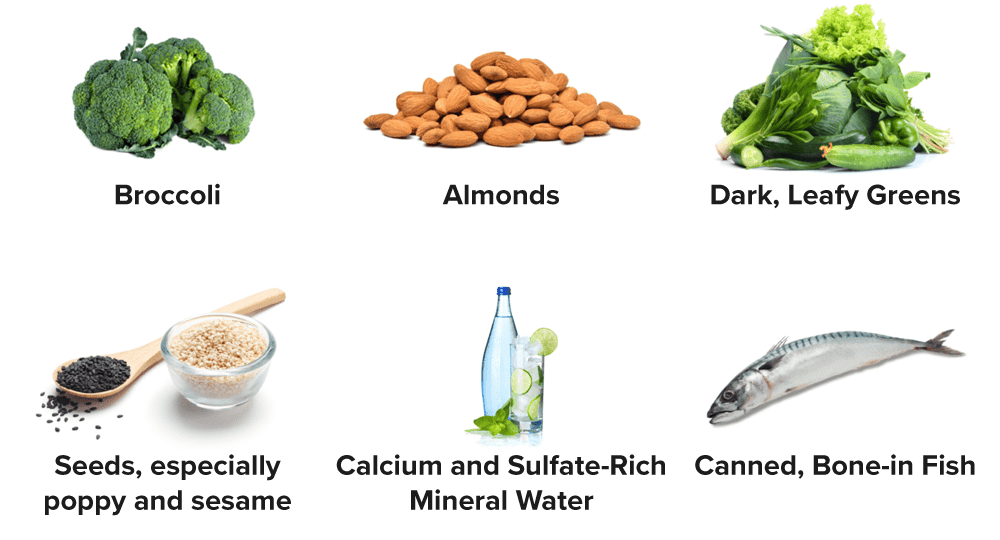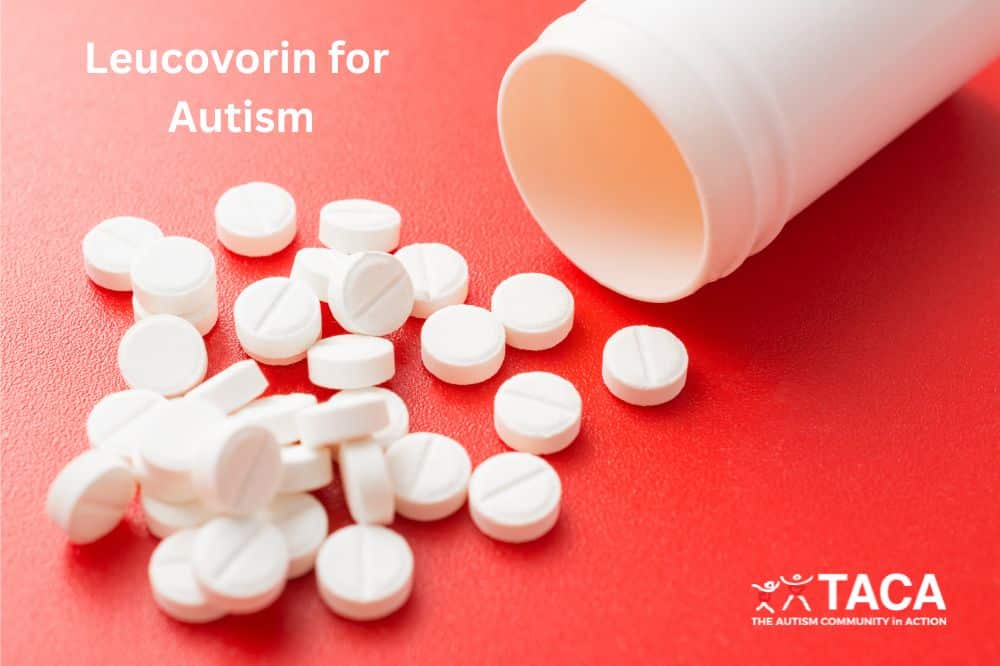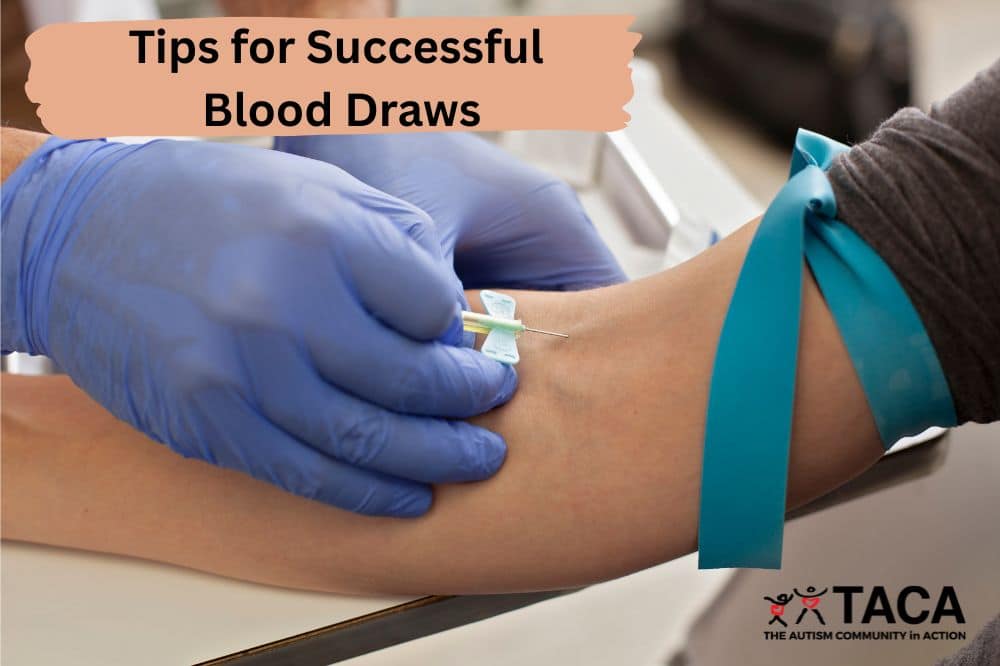Introduction to the Gluten-Free, Casein-Free, Soy-Free Diet

All contents of this resource were created for informational purposes only and are not intended to be a substitute for professional advice, diagnosis, or treatment. Always seek the advice of your physician, therapist, or other qualified health providers with any questions or concerns you may have.
The gluten-free, casein-free, soy-free (GFCFSF) diet removes all sources of gluten, casein, and soy from the diet. The word “diet” is really a misnomer because this is a lifestyle change. It is a way of seeing food as nourishment for the body and brain. Once you see what gluten, casein, and soy can do to some people’s bodies, you will begin to understand why this diet is important.
What is Gluten?
Gluten is a protein found in wheat, rye, barley, and some oats. Most bread, pasta, cereals, cookies, cakes, and pretzels contain gluten. They must be removed from the diet.
What is Casein?
Casein is a protein found in dairy. Cow’s and goat’s milk both contain casein as does butter, yogurt, ice cream, cheese, and cream. Ghee is butter that has had the casein removed from it. You can use ghee if your child is not allergic or sensitive to dairy.
Why Soy?
The protein structure of soy is similar to gluten and casein, therefore, it can cause the same issues. In addition, because most soy is genetically modified, it should be avoided. Soy should not be introduced as a substitute for casein.
Reported Improvements on the GFCFSF Diet
Below is a list of improvements that are commonly seen after implementing a gluten-free, casein-free, soy-free diet:
- Reduced aggression
- Improved expressive and/or receptive communication
- Better bowel movements (less constipation and/or diarrhea)
- Improved ability to focus
- Reduced self-stimulatory behavior
- Reduced illnesses, including ear infections
- Appropriate response to pain stimuli
- Eczema clearing
There are reasons why kids improve on the GFCFSF diet. To learn about the science behind these improvements, click here.
What to Eat on the GFCFSF Diet
If you shop the perimeter of the grocery store, you will find tons of delicious foods that are naturally gluten, casein, and soy free: fruit, vegetables, nuts, beans, legumes, seeds, meat, and fish. Gluten-free grains include corn, rice, quinoa, buckwheat, millet, sorghum, teff, and amaranth.
There are a number of good dairy-free milk substitutes, such as coconut, almond, hemp, flax, and rice milk. But, water is the most important drink.
Keep it simple and uncomplicated with whole foods as the goal, such as:
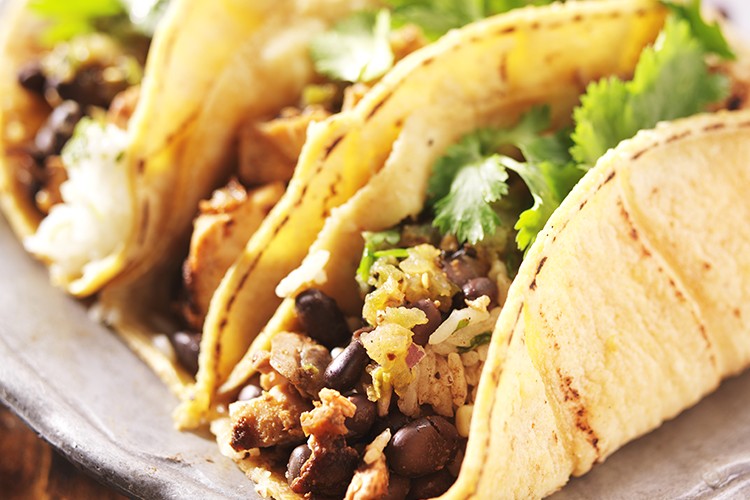
Tacos with gluten-free or organic corn tortilla shell
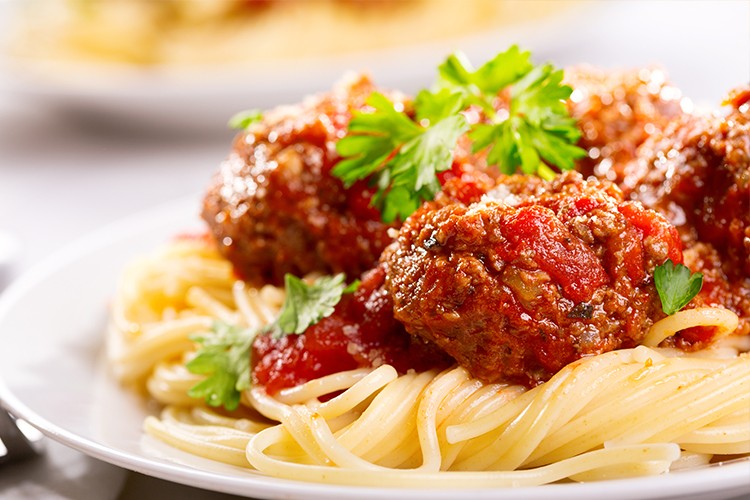
Gluten-free noodles served with casein-free spaghetti sauce and cooked with ground beef
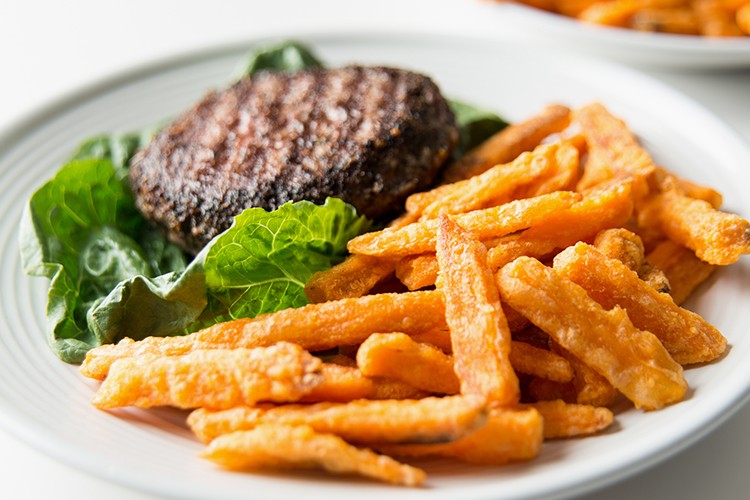
A hamburger without a bun, oven-baked fries, and a salad

Roasted chicken, rice, broccoli, and carrots

Eggs and bacon

Smoothie with spinach, avocado, fruit, coconut milk, and chia seeds
Helpful Things to Know About the GFCFSF Diet
- Eggs are not dairy and do not contain casein. Eggs are allowed.
- Lactose-free milk is not casein-free. Lactose is the sugar component of milk, casein is the protein component. Do not use lactose-free milk.
- Organic does not mean gluten and casein free. Organic refers to how the product was grown.
- This diet requires that all sources of gluten, casein, and soy be removed no matter how high or low the content is. Unfortunately, this means you cannot allow your child to consume even small amounts of casein and gluten. The body will react to the proteins no matter how much is ingested.
- The ultimate goal is a healthier, whole foods diet free of these large proteins.
- This is a lifestyle change, so take it one day at a time.
- Try to keep sugar to a minimum.
- Avoid food coloring and food additives as well. They are not food. In other words, they are chemicals. Additionally, food coloring and additives can cause behavioral and health issues.
- Keep a journal. It can be a video journal, a written journal, or even an app on your phone. Keep track of:
- Behavior
- Eating Habits
- Skin Condition
- Bowel Movements
What to Replace on a GFCFSF Diet
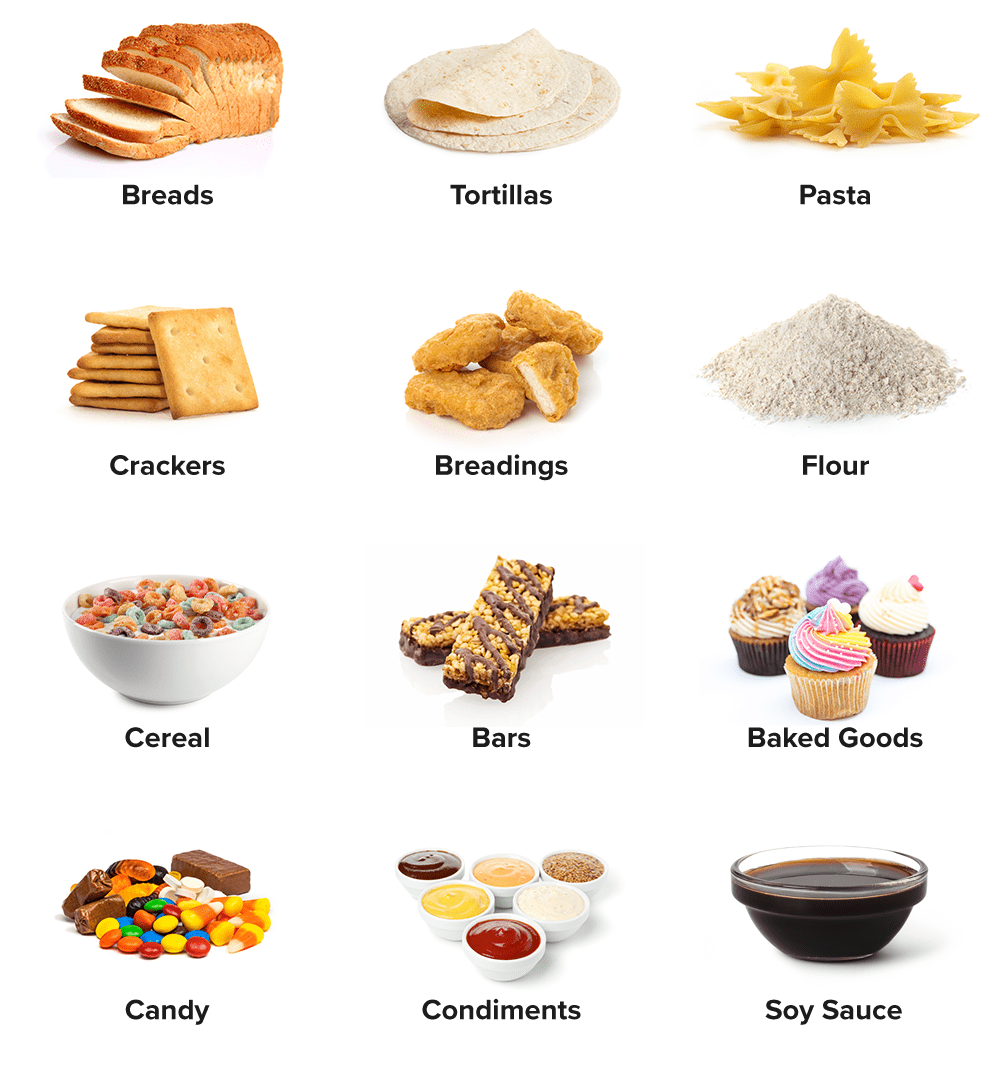
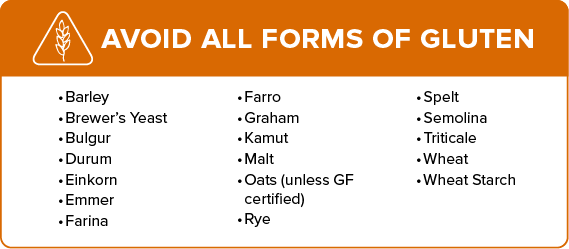
Avoiding Cross-Contact and Hidden Sources of Gluten, Casein, and Soy
Don’t allow cross-contact or hidden sources of gluten, dairy, or soy to undermine your efforts. Cross-contact occurs when a food that is GFCFSF comes into contact with foods or surfaces that contain restricted ingredients; making it unsafe for your child to eat. Cross-contact can occur at home, restaurants, the grocery store, and even during the manufacturing, packaging, growing, and harvesting processes.
When shopping for groceries, be sure to read ingredient labels to look for hidden sources of gluten, casein, and soy. Even some items that are advertised as safe are, in fact, not safe.
Hidden sources of gluten, casein, and soy are often found in:
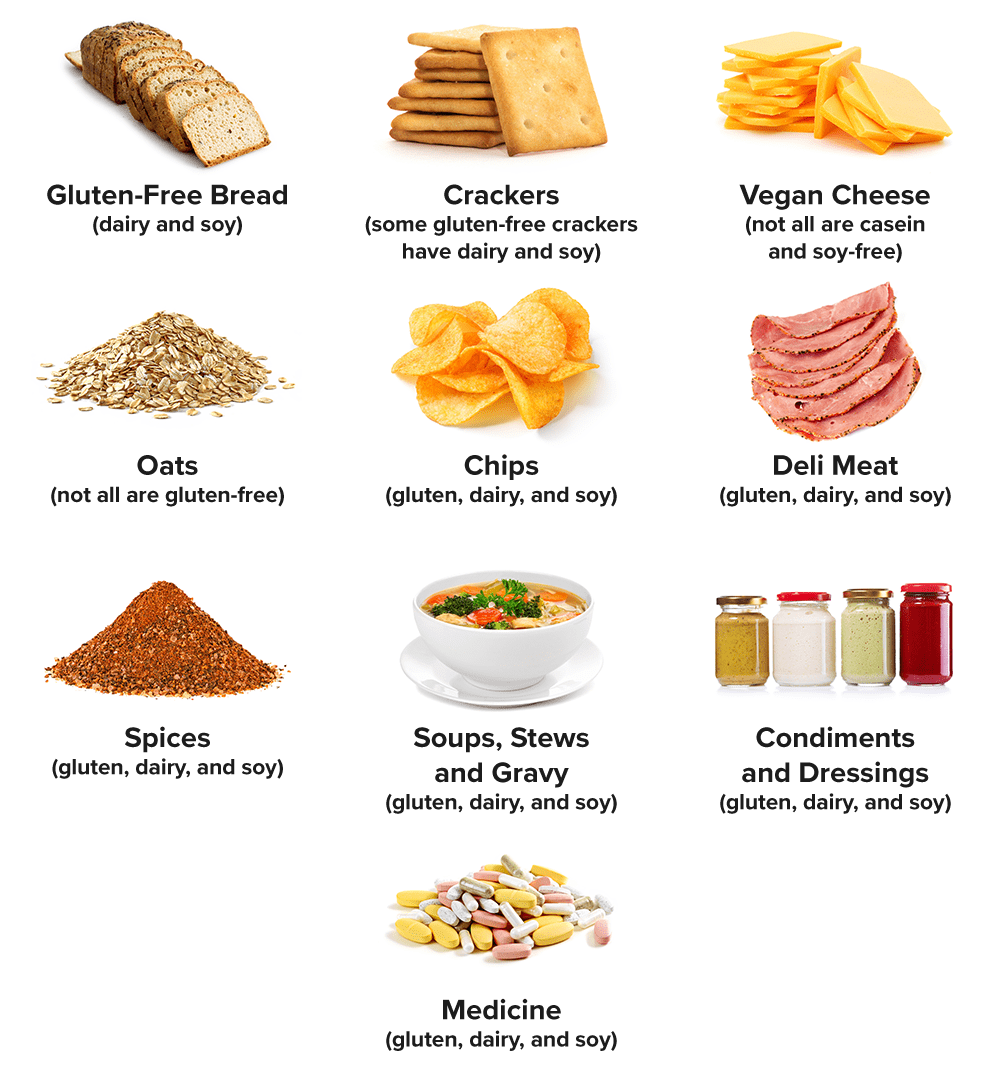
Reading Food Labels
Thankfully, laws have been passed to help consumers read food labels. Below the food ingredients, the package will list any of the top eight allergens: milk (casein), wheat (gluten), soy, peanuts, tree nuts, egg, fish, and shellfish.

The less processed food you buy, the less you will have to read labels. In the beginning, you may need to use some prepackaged foods in order to transition your child, but the goal is to get away from prepackaged foods and buy whole foods. Shop the perimeter of the grocery store, where the fresh foods are kept.
Food Allergy and Sensitivity Testing
Below is brief overview of testing for food allergies, sensitivities, and Celiac disease. Keep in mind, most kids are sensitive to the foods this diet eliminates, but not allergic to them. Ultimately, the best way to determine if your child has a sensitivity to gluten, casein, or soy is a six month trial of the GFCFSF diet.
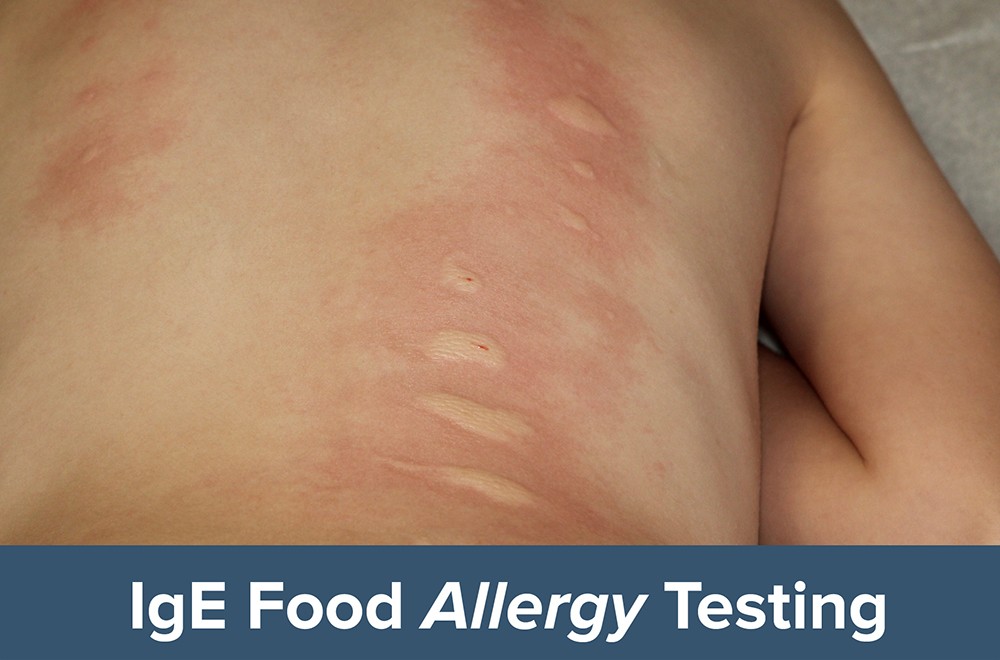
- IgE reactions produce an immediate, allergic response that results in a rash, hives, runny nose, watery eyes, or anaphylaxis.
- Because of this, IgE tests are not reliable in determining food sensitivities.
- This test is done via skin prick or blood test and measures the body’s response when it comes into contact with an allergen.
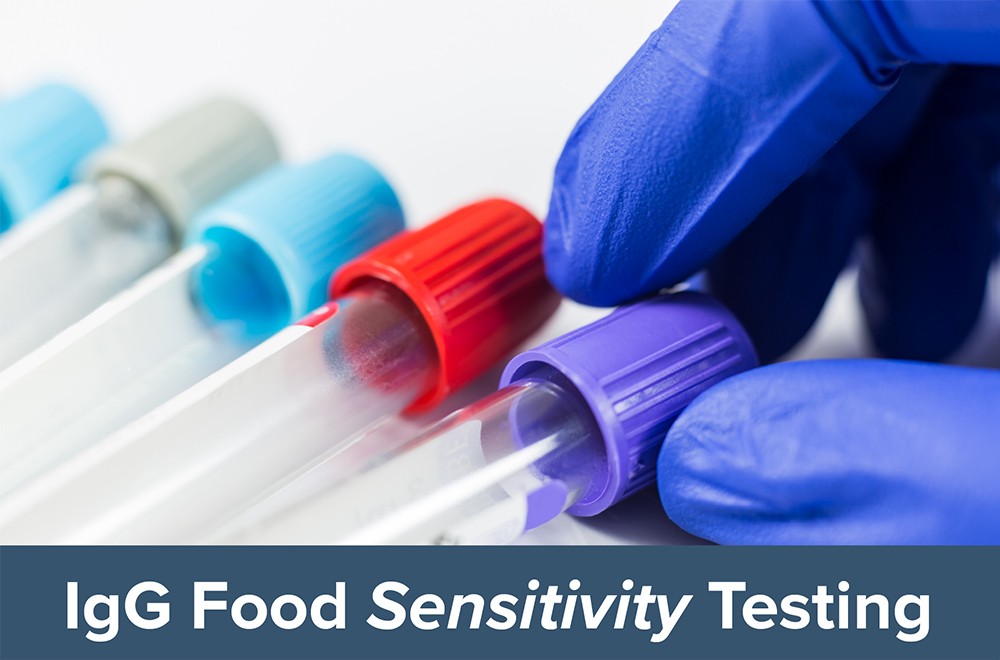
- Food sensitivities, or IgG reactions, produce a delayed, more subtle response that can affect a child’s behavior for up to 72 hours after they have eaten the food.
- Many allergists will not order IgG testing because they consider it controversial. However, functional medicine doctors trust it to verify food sensitivities in their patients.
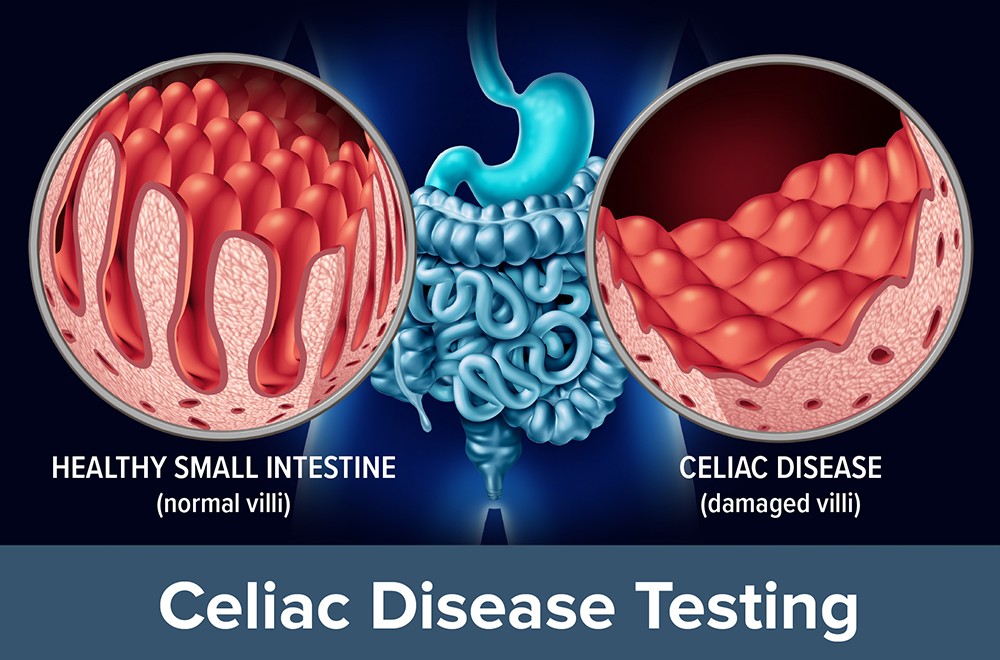
- Celiac is an autoimmune disease in which people can’t eat gluten because it damages their small intestine.
- Celiac disease can develop at any age.
- Most people with autism that are sensitive to gluten have Non-Celiac Gluten Sensitivity (NCGS).
- Click here to read about new research very pertinent to kids who may not have celiac but still react to gluten.
- If you wish to test for celiac disease, it must be done prior to going on a gluten-free diet.
- Several blood tests can help determine whether or not someone has celiac disease:
- Anti-tissue transglutaminase (tTG), IgA
- Anti-Endomysium (EMA), IgA
- Anti-deamidated Peptide (DGP), IgA & IgG
- Total Serum IgA (test for IgA deficiency)
- If IgA < 10 mg/dL (deficient), the IgG versions of tTG and EMA will need to be run.
- However, an intestinal biopsy is still considered the “gold standard” for diagnosis.

